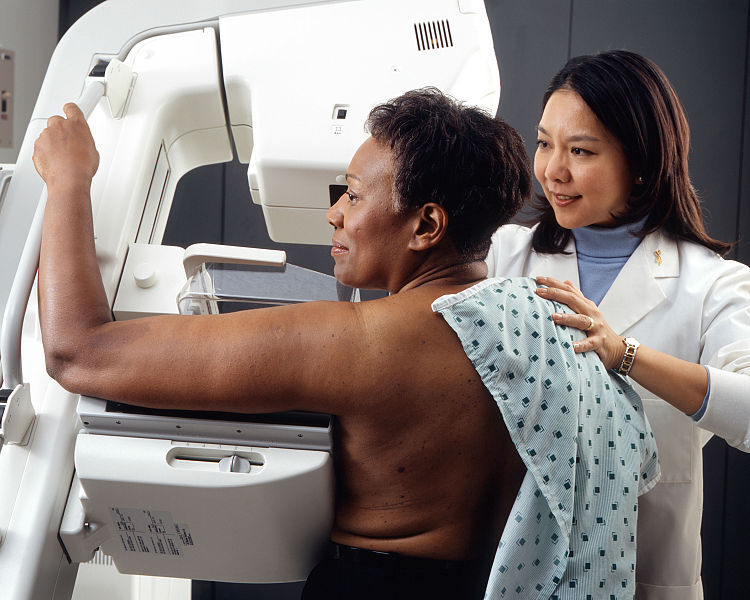Breast cancer represented almost 12% of all cancer cases worldwide in 2020, and a quarter of cancer diagnoses in women. Yet, despite recommendations that all women age 40 and over have an annual mammogram (starting even younger for women with family or personal risk factors), 2020 data suggests only about 78% of American women in that age range were current with that screening. The COVID-19 pandemic only exacerbated matters, with the “great delay” leading to backlogs of preventive screenings that are estimated to take 22 weeks to clear. There is a clear and growing need to help connect eligible women with these important screenings in order to prevent, detect, and treat breast cancer.
Enter Lirio’s Precision Nudging for Mammography. This intervention uses behavioral reinforcement learning (BRL) to address the reasons why women might not be up to date with their recommended mammograms—what’s known as their barriers to action. Our behavioral design team, based on extensive research into mammography behaviors, created a library with over 468 possible messages using behavior change techniques and related tactics that specifically target the observed barriers. Lirio’s personalization platform then selects a message for each person based on what is known about their demographics, psychosocial characteristics, social determinants of health (SDoH), and past behaviors. Over time, as recipients engage with messages and take action, the personalization platform learns which messages are most likely to be effective for each person in context—yielding a truly individual healthcare journey.
We had the opportunity to look at the performance of Precision Nudging for Mammography with one of our health system partners between August 2020 and July 2022. During that time period, we emailed 139,164 patients who were at least two years past their last mammogram (so at least 12 months overdue) to urge their next screening. In total, almost 99% of messages were successfully delivered, and 32% of emails were opened at least once, with 113,542 (82%) people opening at least one message. Of the people who received Precision Nudging, 34,780 of them—about 25%–scheduled their mammogram. And 30,637 women, or 22% of the total and 88% of those who scheduled, had attended the screening by the time we analyzed the data (more were waiting for their appointments to happen).
Perhaps most exciting to our Lirio team given our commitment to equitable health outcomes and designing for under-served populations: we saw proportional engagement and behavioral response across race, age, household income, and level of educational attainment. This means that people across these categories had similar responses to Precision Nudging. While this study does not speak directly to why, we know from other research that more personalized interventions tend to be more effective in driving change. Given our approach to personalizing both through our behavioral design process and our BRL platform, we believe we are able to deliver the right ingredients to each individual to help them overcome their barriers to mammography.
As healthcare organizations continue to work through the backlog of missed screenings and appointments from COVID-19’s “great delay,” we are excited that Precision Nudging offers a scalable toolkit to help patients take steps toward recommended care. We plan to continue our research into Precision Nudging’s reach and impact with an eye toward delivering an increasingly effective and personalized experience for patients, and meaningful results to all stakeholders.
Read more in our paper, Feasibility of a Reinforcement Learning–Enabled Digital Health Intervention to Promote Mammograms: Retrospective, Single-Arm, Observational Study, now available in JMIR Formative Research.
